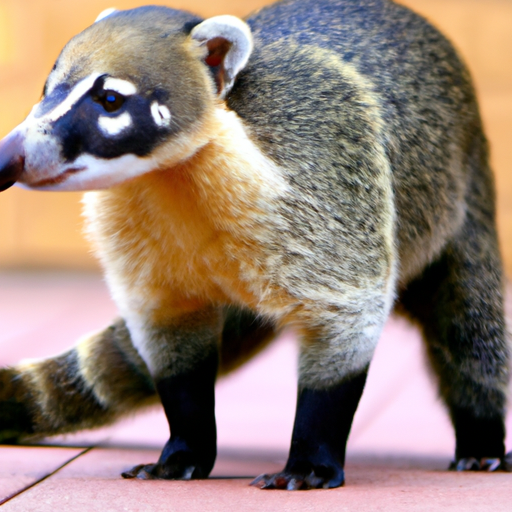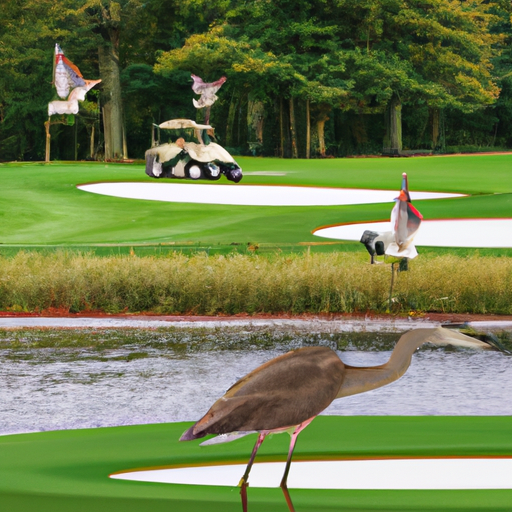Possible sarcastic news article:
Residents Mysterious Animal Sightings Solved: It’s Just Coatimundis, Experts Say
If you thought you saw a chupacabra, a capybara or even a kangaroo in your backyard or on the street in Lawton, Oklahoma, you can relax: it was probably just a coatimundi. At least, that’s what animal control officials are saying after investigating several reports of strange creatures roaming free in the city.
“I understand that people may get scared or excited when they see a wild animal they don’t recognize, but there’s really no need to panic or call us every time you spot something furry,” said Tom Canning, animal services supervisor for Lawton. “Most of these incidents turned out to be misidentifications or exaggerations. It’s not like we have a zoo break or a Jurassic Park scenario going on here.”
According to Canning, coatimundis are actually quite common in regions of Texas, Oklahoma and Kansas, especially in wooded areas and near streams. They are members of the raccoon family, but have longer snouts, slender bodies, dark rings around their tails, and distinctive white or brown facial masks. They are about the size of a small dog, from 2 to 3 feet long and weighing up to 20 pounds, with sharp claws and teeth. They are also known for their climbing and digging abilities, as well as their social behavior.
“Coatimundis are fascinating and friendly animals that can make good pets, as long as they are well-fed, trained and vaccinated,” said Kimberly Phillips, a zoologist who specializes in neotropical mammals. “They are omnivores that eat insects, fruit, eggs, and small animals, and they have a unique digestive system that helps them extract nutrients from tough plants like cacti. They also have a complex vocal and olfactory language that allows them to communicate with each other and detect threats from afar.”
However, Phillips warned that coatimundis could also pose risks to humans and pets if they feel threatened or cornered.
“They are not like domesticated dogs or cats that obey commands or tolerate confinement,” she said. “They are wild animals that have instincts and impulses that can be unpredictable. They may bite, scratch, mark, or spray if they feel stressed or frightened. They may also carry diseases like rabies or fleas that can be transmitted to humans or other animals. So, it’s important to respect their space and avoid direct contact, unless you are a licensed wildlife rehabilitator or a trained expert.”
Canning and Phillips both urged Lawton residents to be vigilant but not paranoid about the presence of coatimundis in their neighborhoods.
“If you see a coatimundi, just observe it from a safe distance, preferably indoors or in a vehicle,” Canning said. “Don’t approach it, don’t feed it, don’t try to capture it. If it’s causing damage to property or posing an immediate threat, call us and we’ll dispatch a humane officer to evaluate the situation and take appropriate action. If it’s just minding its own business and not bothering anyone, let it be. It’s part of nature’s diversity and beauty. And hey, it’s better than seeing coyotes or rats, right?”


